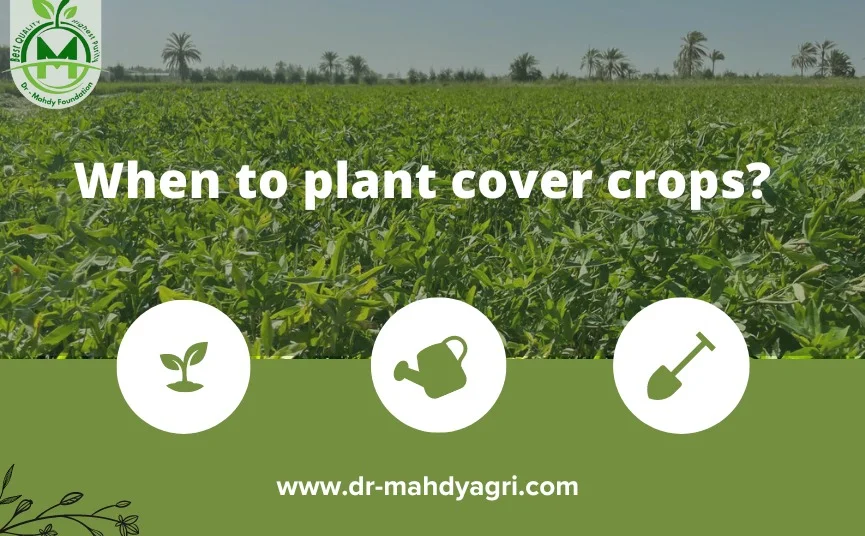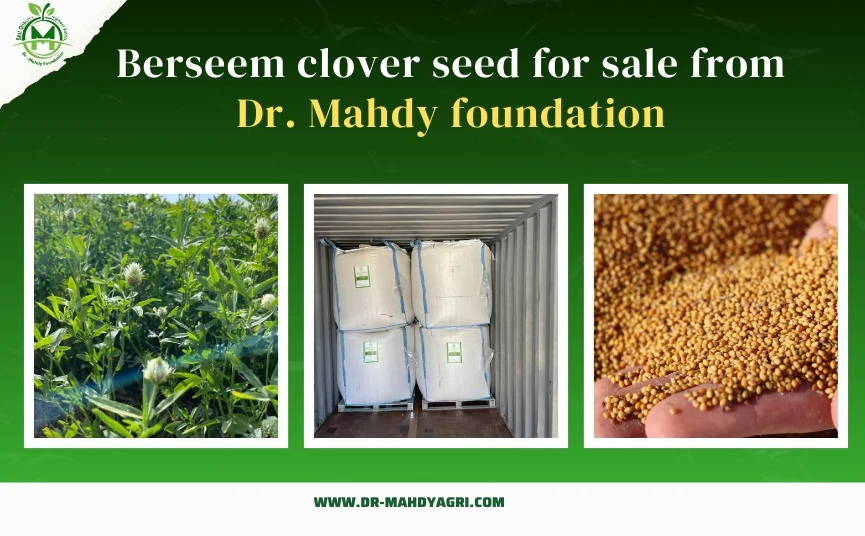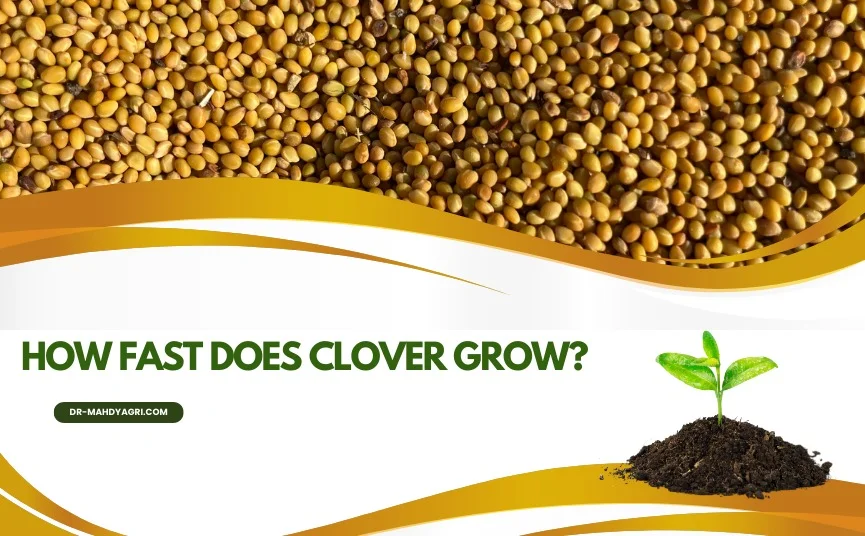

Introduction
Welcome to our comprehensive guide on planting and farming techniques, where we delve into the strategies and practices that can significantly improve your crop yields. As proficient SEO experts and high-end copywriters, we understand the importance of providing you with valuable information that outranks other websites and elevates your farming endeavours. In this article, we will present detailed insights and expert tips straightforwardly, ensuring you get the best possible advice for maximizing your agricultural productivity.
Understanding Soil and Crop Selection
1. Soil Analysis for Optimal Plant Growth
Before delving into planting techniques, conducting a thorough soil analysis is essential. Understanding your soil's composition helps identify its strengths and weaknesses, enabling informed decisions on crop selection and necessary amendments. Crucial factors such as pH levels, nutrient content, and drainage play pivotal roles in ensuring optimal plant growth.
2. Selecting the Right Crop Varieties
Choosing the appropriate crop varieties adapted to your climate and soil type is crucial. Different crops have specific growth requirements; selecting the right ones can lead to higher yields. Conduct research or consult agricultural experts to determine which crops are best suited for your region and farming practices.
Precision Planting Methods
3. Direct Seeding for Improved Efficiency
Direct seeding, or no-till or minimum tillage, is an eco-friendly approach involving planting seeds directly into undisturbed soil. This technique minimizes soil erosion, retains moisture, and enhances nutrient preservation. Over time, direct seeding can also improve the overall soil structure and fertility, contributing to sustainable farming practices.
4. Transplanting Seedlings for Greater Control
Transplanting seedlings is an effective way to exert control over the growing environment. By nurturing seedlings in controlled settings like greenhouses, you can ensure they receive optimal care and protection from external elements. Once the seedlings are strong and resilient, transplant them into the main field, enhancing their chances of survival and boosting crop yield.
5. Intercropping and Crop Rotation Strategies
Intercropping, the practice of planting different crops nearby, and crop rotation, where crops are systematically changed in specific patterns, are two techniques that can significantly improve soil health and minimize pest and disease infestations. These practices maximize space utilization, and nutrient uptake, and foster symbiotic relationships between crops, leading to higher yields.
Effective Irrigation Techniques
6. Drip Irrigation for Water Efficiency
Drip irrigation is an efficient method that delivers water directly to the plant's roots, reducing water wastage through evaporation. By providing a consistent and adequate water supply, this technique ensures that plants remain healthy and well-hydrated, resulting in enhanced growth and productivity.
7. Rainwater Harvesting for Sustainable Water Management
Implementing rainwater harvesting systems allows you to collect and store rainwater during wet seasons, which can be utilized during dry spells. This sustainable water management approach not only reduces reliance on traditional water sources but also promotes ecological balance, ensuring consistent crop growth even in unpredictable weather conditions.
Nutrient Management and Fertilization
8. Organic Composting for Soil Enrichment
Employing organic compost as a natural fertilizer contributes to the enrichment of the soil, fostering a nutrient-rich environment for plants to thrive. Composting kitchen waste, crop residues, and animal manure creates a sustainable cycle of nutrient supply, resulting in healthier and more abundant crops.
9. Controlled Release Fertilizers for Optimal Nutrient Uptake
Controlled-release fertilizers are designed to release nutrients gradually over an extended period, aligning with the crop's growth stages. This precision approach to fertilization ensures that plants receive a consistent supply of essential nutrients, minimizing nutrient loss and maximizing uptake, leading to improved yields.
Pest and Disease Management
10. Integrated Pest Management (IPM) Approach
Adopting an Integrated Pest Management approach is essential for minimizing the impact of pests and diseases on your crops. IPM combines various strategies such as crop rotation, natural predators, and bio pesticides to control pests effectively while reducing the reliance on harmful chemical pesticides.
11. Early Detection and Prompt Action
Regularly inspecting your crops for signs of pests and diseases allows for early detection and timely intervention. Swift action, such as removing infected plants or using targeted treatments, prevents the spread of harmful agents, safeguarding your crops and promoting a healthy harvest.
Harvesting and Post-Harvest Techniques
12. Timely Harvesting for Optimal Yield
Harvesting crops at the right stage of maturity is crucial to achieve optimal yield and quality. Waiting for crops to reach their peak ripeness ensures maximum nutrient accumulation, leading to better taste, appearance, and market value.
13. Proper Storage and Handling
After a successful harvest, proper storage and handling are critical to preserving the crops' freshness and nutritional value. Ensure that your storage facilities maintain suitable temperature, humidity, and ventilation levels to prevent spoilage and extend shelf life.
Conclusion
In conclusion, adopting these advanced planting and farming techniques can significantly boost your crop yields and overall agricultural productivity. From soil analysis and crop selection to efficient irrigation, nutrient management, pest control, and proper post-harvest practices, every step plays a vital role in achieving success.
Remember that consistent practice, continuous learning, and adaptation to local conditions are key to staying ahead in the farming industry. By implementing these strategies with dedication and precision, you can cultivate a prosperous and sustainable farming operation.



